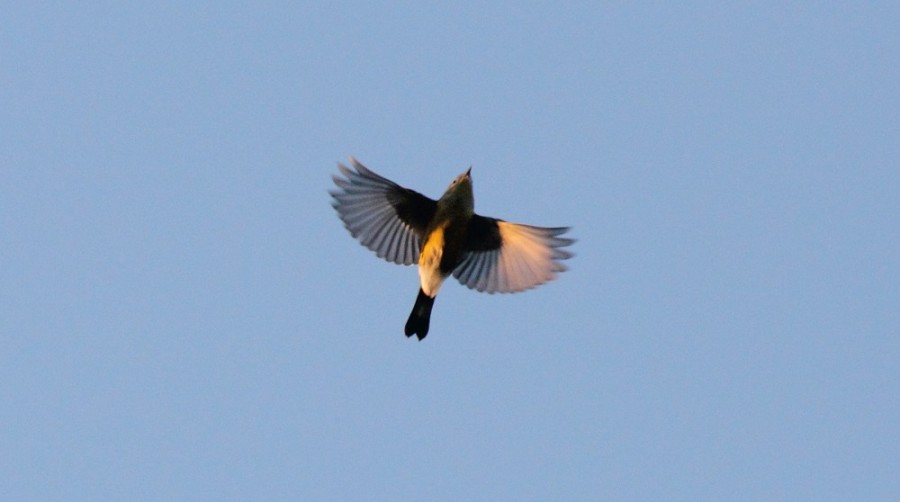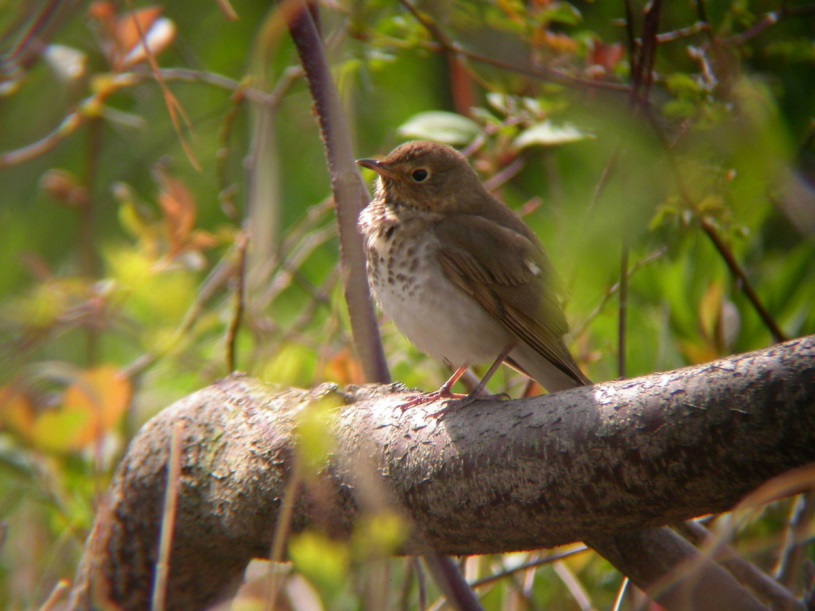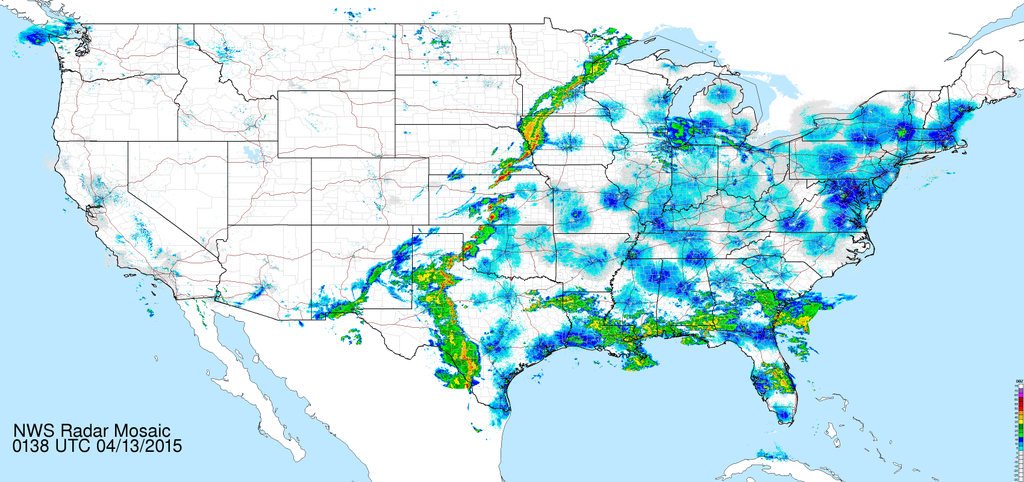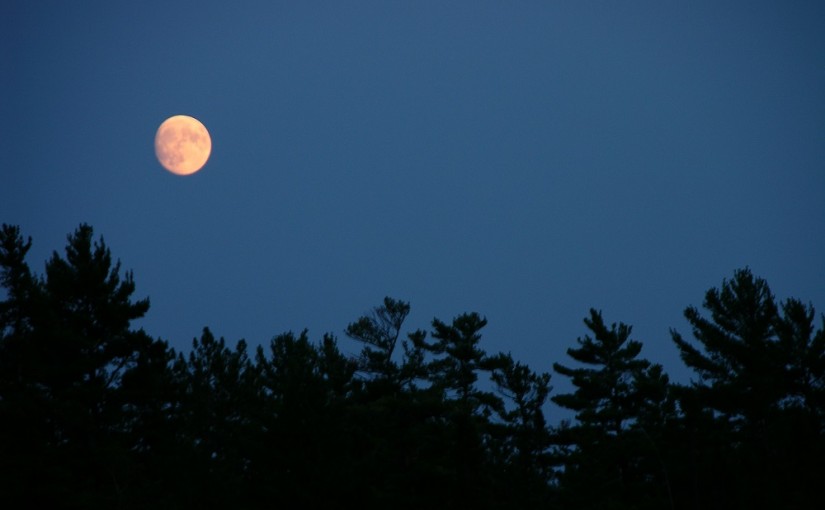Today’s post comes from Park Biologist Erica Barkley.
As a kid, I always pictured bird migration as Canada Geese flying south in a “V” during the day.
But that changed one calm, clear September evening. A park naturalist pointed out dozens of tiny “peep” noises over our heads. “Those are songbirds,” he said.
“No way!” I said. “Thousands of birds are migrating at night?!”
Many birds — like sparrows, warblers and thrushes — avoid predators by flying at night as they head south for their winter homes in the US, Central America, Caribbean Islands, or even South America.

Under the cover of darkness, they also take advantage of the cooler, calmer night air for easier flying. Flocks of birds stop to rest and feed at many birding hotspots in Ontario Parks and elsewhere.
Many birds give simple “flight calls.” This may let other birds know where they are so they don’t fly into each other. If you listen, you might hear the sound of birds flying above you in the dark!
Here are some tips for nocturnal bird observation:
1. Listen on calm, clear nights
Pick an open spot to listen for “peep” sounds above you. One of the most common species you’ll hear in August and September is Swainson’s thrush.

Click here to hear what it sounds like at night in flight.
2. Check out the weather radar… for birds?
Did you know that weather radar stations track precipitation, but also pick up anything moving through the air?
In Canada, our radar stations filter out migrating birds from the images you see on TV and the internet. But if you watch radar at sites like the US National Weather Service, you can see the night sky filled with birds instead of rain!
Here’s an example:

Here’s another example:

3. Lights out!
Nocturnal migrants use the stars and moon to help find their way south. If you have a telescope, you can watch the moon when it is near full and on busy nights actually see birds fly in front of it.
Bright artificial lights on buildings can be confusing to these birds. You can help our feathered friends by turning off lights at night.
Check out the Fatal Light Awareness Program Canada (FLAP) for more information.
